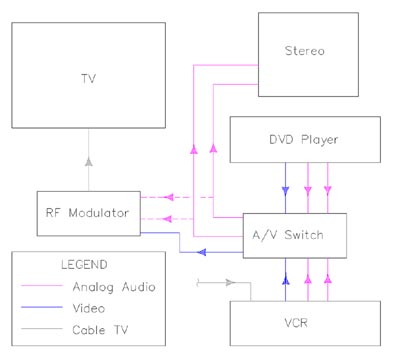One of the initial steps in choosing a security camera system is to determine the varieties of cameras needed. There are several choices available, including bulb cameras, bullet cameras, and PTZ (pan-tilt-zoom) cameras. Bulb cameras are often used for indoor monitoring due to their discreet design, while bullet cameras are more suitable for outdoor application because of their robustness and long-range capabilities. PTZ cameras provide versatility, allowing users to from a distance control the camera's movement. Comprehending the advantages and weaknesses of each kind can help businesses choose the right cameras for their specific environments.
Another important consideration is the layout of the premises. Conducting a comprehensive assessment of the property can help spot vulnerable areas that require monitoring. Busy zones, entrances, and parking lots are key locations where security cameras should be placed. Additionally, it is important to consider the lighting conditions in these areas. Some cameras are equipped with night vision features, a great post which can be advantageous for monitoring during dim conditions. By carefully placing cameras in key locations, businesses can maximize their surveillance reach and enhance overall security.
The management and management of video footage is another key aspect of a security surveillance system. Businesses must determine whether to utilize local storage, such as DVRs (digital video recorders), or cloud-based storage options. Local storage can provide quick access to footage but may require regular maintenance and upgrades. On the other hand, cloud storage offers remote access and can be more scalable, allowing businesses to expand their systems as needed. It is important to assess the pros and cons of each option to determine which storage solution aligns best with the business's needs and budget.

Finally, it is essential to consider the combination of the security surveillance system with other security measures. Many businesses benefit from combining video surveillance with alarm systems, access control, and monitoring services. This combined approach can offer a comprehensive security system that improves overall safety. Additionally, educating employees on how to operate the system effectively can improve response times in the event of emergencies. By implementing these steps, businesses can create a robust security system that not only safeguards their assets but also fosters a secure environment for everyone on the premises.